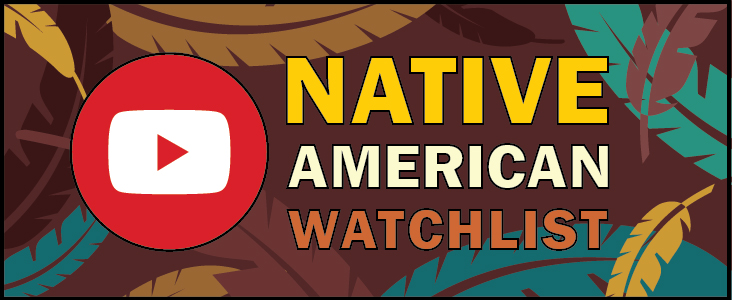Culture
Watchlist: ‘The Living History of Native Gatherings’

By Kamiah Koch
Social media/digital journalist
Powwow season is upon us and while many Tribal members don't need an explanation for what a powwow is, many non-Indigenous people do. This became evident to Smoke Signals recently when an outside organization asked us, “What exactly is a powwow?”
NBC News answered this question in an eight-minute video published in early 2023 called, “The Living History of Native Gatherings.” In this video, American Indian Studies lecturer and citizen of the Apsaalooke Nation Iisaaksiichaa Ross Braine says a powwow is simply a place where Indigenous people from all over come together to be with each other.
“It is a place to share our pan-Native identities and our world Indigenous identities,” Braine says. “It’s a place for us to be together, not just Natives, but everyone.”
The video shows footage from powwows with dancers in full regalia, and Indigenous people drumming and singing.
Braine continues by stating there are usually two types of powwows that come to mind.
“The two types of powwow(s) I have been a part of are traditional powwow and competition powwow,” Braine says.
Those are differentiated with the traditional being a more relaxed, smaller gathering event. A competition powwow has more competitive elements. However, both powwows remain the same with a sense of community.
This togetherness as a community is introduced with a grand entry, which Braine highlights as a time to show all the dancers entering together as one.
Like many other things within Indian Country, powwows were appropriated by the settlers. During the Wild West shows, Native people were used as “props” to dance and perform. This dark history is replaced with the Indigenous reclamation of powwows today.
“The future of powwows is to keep the culture going,” Gathering of Nations Powwow Director Derek Mathews said at the end of the video. “The people will continue to come because it is pride building, it is self-pride. We need to get more people to come, get non-Natives to come and understand the event and the people.”
If you would like to learn more about the history of powwow events, you can watch the video for yourself at https://www.youtube.com/watch?v=N2CmYbpjIz8&t=42s.
